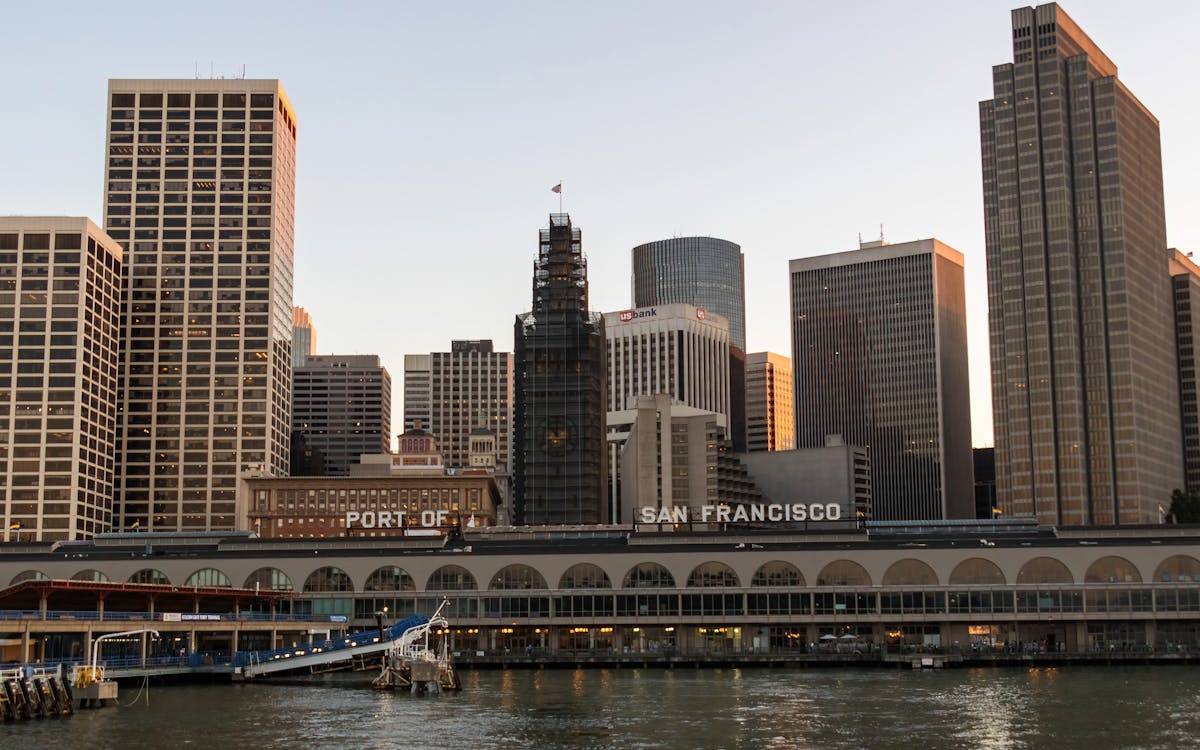The Heart of the Bay: Locals Leading the Restoration
The Heart of the Bay: Locals Leading the Restoration
Blog Article

Why Restoration Matters More Than Ever in the Bay Area
Over the last couple of decades, the San Francisco Bay has weathered the influence of urban growth, industrial development, and climate adjustment. As soon as teeming with wildlife and lavish marshes, a number of the bay's all-natural environments have been fragmented or degraded. Yet amid these obstacles, something remarkable is occurring: regional residents, volunteers, and grassroots efforts are leading a wave of ecological reconstruction that's bringing new life back to the Bay.
Repair isn't nearly growing trees or cleaning up garbage, though those efforts are important. It's concerning reconstructing the foundations of life, from marsh lawns that sustain fish baby rooms to coastline buffers that defend against flooding. And in this region, the power of area participation is transforming the trend extremely realistically.
From Marshland to Miracle: The Return of Native Habitats
Among the most noticeable adjustments taking place in the Bay Area is the re-emergence of indigenous habitats. Wetlands that were as soon as drained pipes or led over are being rehydrated and replanted. Turfs and bushes indigenous to the region are being grown by area groups, who usually rely on regional volunteers to aid expand seedlings and handle controlled planting occasions.
These native plants do more than add greenery to the landscape. They provide refuge to migratory birds, pollinators, and small mammals, developing pockets of biodiversity amidst busy urban zones. As these environments increase, so does the eco-friendly wellness of the Bay itself. When regional residents take time out of their weekends to obtain their hands in the dirt, they're not simply growing-- they're participating in the remediation of a living, breathing ecosystem.
The Role of Education in Fostering Environmental Stewards
Education and learning plays a critical component in why these community-led initiatives are functioning so well. Schools, area facilities, and not-for-profit groups are organizing hands-on discovering experiences where individuals of every ages can understand the scientific research and significance of restoration. These programs typically bring individuals one-on-one with issues like disintegration, pollution, and sea level rise-- subjects that can really feel abstract up until they're seen up close.
When someone sees the fragile equilibrium of an estuary or learns just how a solitary plant types can filter toxic substances from the water, the value of that understanding becomes personal. And with that said understanding comes the inspiration to act. Restoring ecosystems comes to be much less of a duty and more of a mission. This deep link to neighborhood areas is what establishes the Bay Area apart and fuels the lasting success of these initiatives.
Utilizing the Digital World to Drive Real-World Change
Surprisingly, the push to heal the Bay's ecological communities isn't occurring alone from the electronic world. Technology is becoming a powerful device in rallying support, spreading recognition, and connecting areas. Whether with person science applications that track indigenous types or area online forums organizing remediation events, the online room is enhancing boots-on-the-ground activity.
In the last few years, even regional outreach methods have developed. For instance, a social media marketing agency in the Bay Area could sustain ecological campaigns by assisting volunteers intensify their impact, tell their tales, and motivate others to obtain involved. These digital touchpoints have the power to turn a little weekend break cleaning right into a regional motion just by allowing people know it's occurring-- which it matters.
Email Campaigns That Inspire and Inform Local Change-Makers
Another digital technique making a tangible distinction is email communication. Updates concerning restoration occasions, seasonal planting initiatives, and donation drives are frequently shared via very carefully crafted newsletters that strike an webpage equilibrium between being informative and motivating. It's not unusual for a well-timed project from an email marketing agency in San Francisco to bring a rush of volunteers or donations to a job in need.
These email projects aren't just transactional-- they're transformative. By informing customers about the straight effect their involvement has, they support lasting involvement. Visitors concern feel like stakeholders in the health of their area, and that psychological link equates to lasting commitment.
The Unseen Work of Connecting Data, Communities, and Nature
Behind every effective reconstruction job exists a complicated web of sychronisation. There's research study to understand what habitats require most, community responses to shape inclusive strategies, and follow-up tracking to ensure success. This type of recurring effort often needs not just heart, however information, technique, and interaction.
That's where the support of a digital marketing company in the Bay Area can make a quiet yet vital difference. By aiding companies build solid digital platforms, collect insights, and improve their messaging, these teams make it possible for neighborhood teams to scale their effect. The outcome is a much more linked and effective activity, where every activity counts, and every person seems like they're component of something bigger.
The Power of People in Preserving the Bay's Future
If there's one point the Bay Area has shown, it's that restoration doesn't need to begin with big establishments or large budgets. It can begin with one next-door neighbor drawing weeds from a trail, one student planting an indigenous seedling, or one family members showing up to a shoreline clean-up. These tiny activities add up, especially when they're supported by wise approaches and shown to the broader community.
There's something distinctively confident regarding seeing the tides turn-- both figuratively and essentially-- for nature. The Bay is much from completely restored, but it's being revived each day through the persistence and treatment of those who call this place home. With each marsh rebuilt and each indigenous types secured, we're not just recovering ecological communities-- we're visualizing what's feasible when communities lead with objective.
Keep following this blog site for more tales on local adjustment, neighborhood impact, and the methods you can be part of protecting the all-natural appeal that surrounds us.
Report this page